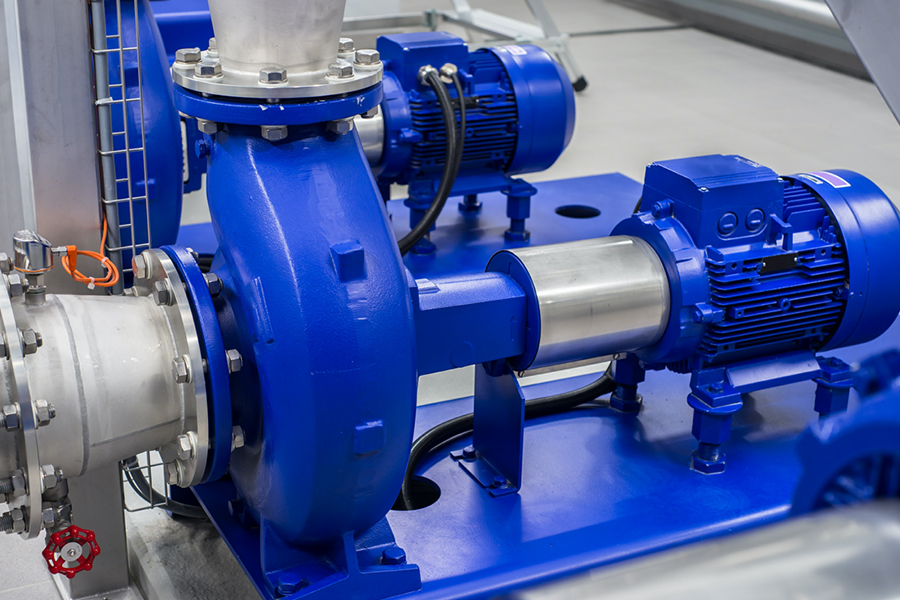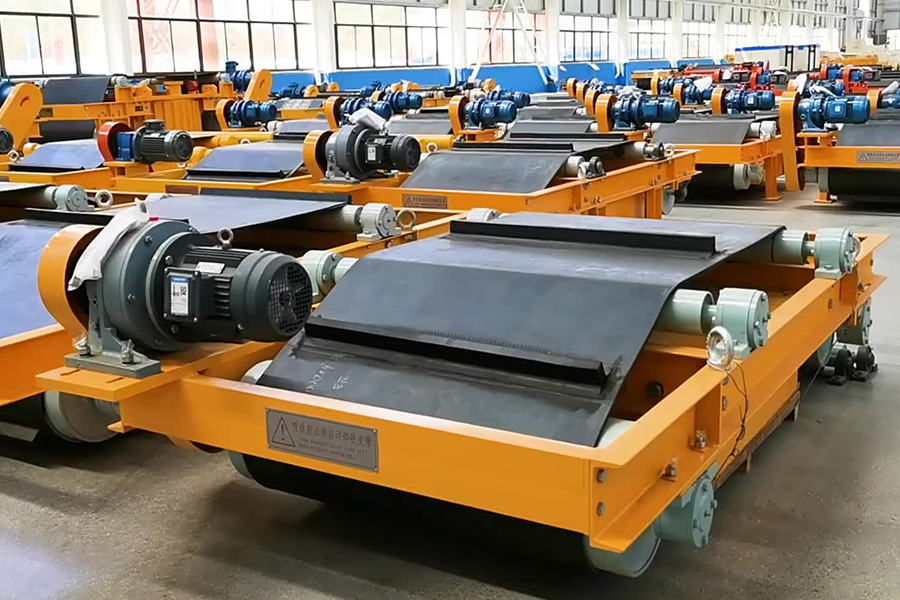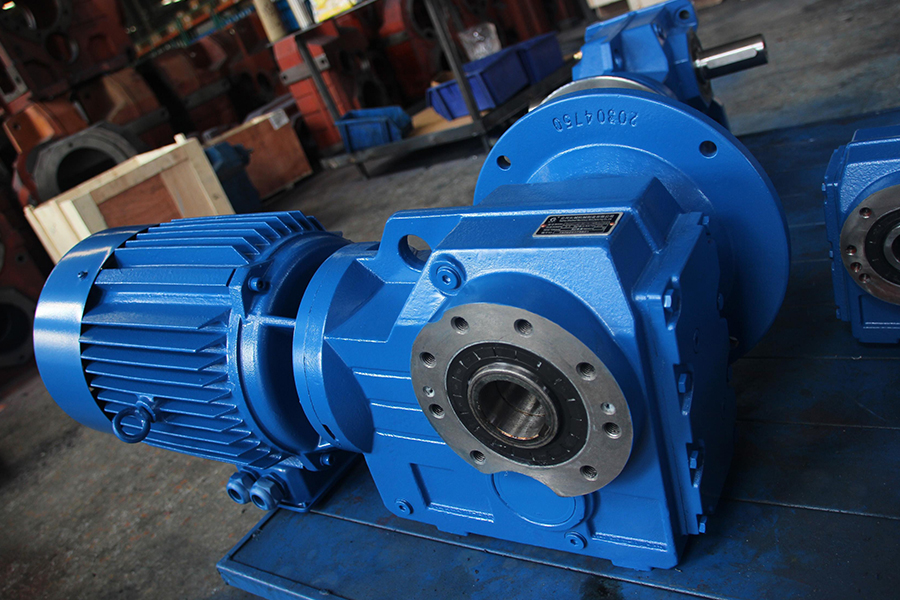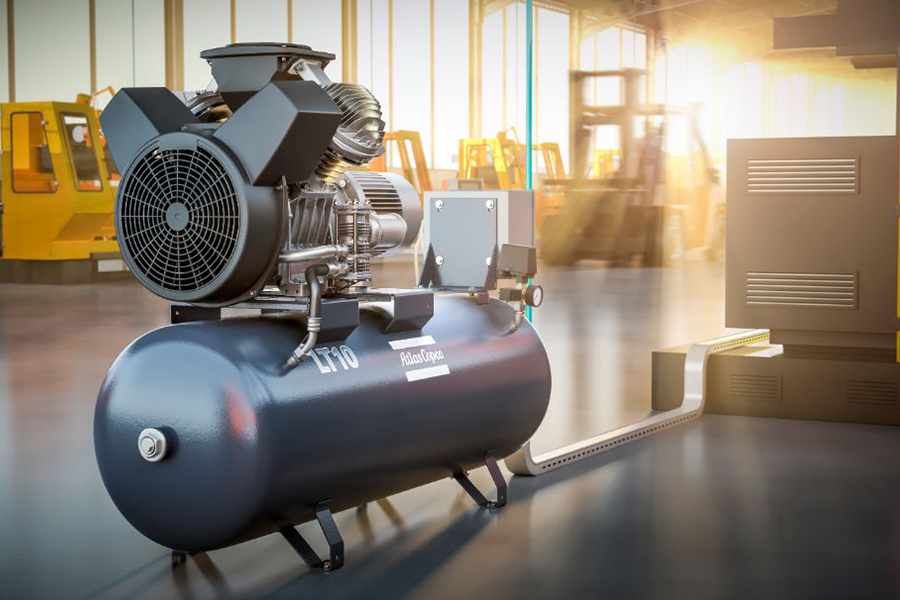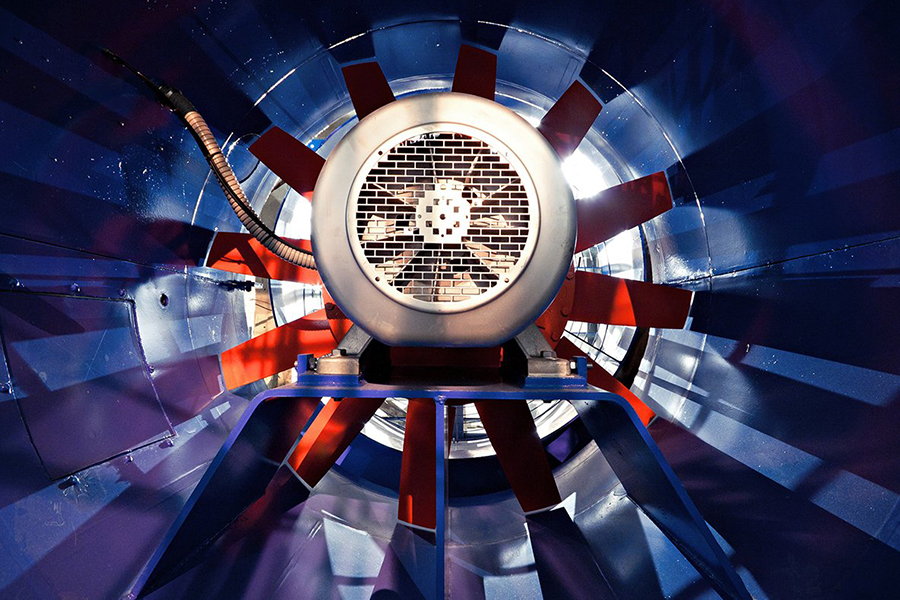China Single Brake Motor 3 Phase Asynchronous Induction Variable Frequency Drive for sale
As energy efficiency and sustainability become increasingly crucial, industries across the globe are adopting cutting-edge solutions to achieve their environmental objectives.One such game-changer is the variable frequency control drive motor. This technology is transforming how industrial operations manage energy consumption and reduce emissions, providing a path towards greener and more cost-effective manufacturing processes.
Variable frequency control drive motors are at the forefront of this shift. By adjusting the motor's speed and torque according to the specific needs of the application, these drives significantly enhance energy efficiency. Unlike traditional motors that operate at a constant speed regardless of load conditions, variable frequency drives (VFDs) allow for precise control of motor performance. This not only leads to substantial energy savings but also reduces wear and tear on equipment, extending its operational lifespan. The flexibility offered by VFDs makes them invaluable in industries with variable load conditions, such as HVAC systems, pumps, and conveyors.The operational flexibility provided by VFDs is particularly advantageous in industries with fluctuating load conditions. For example, in HVAC systems, variable frequency control drive motors can adjust the speed of fans and pumps to match the heating or cooling requirements of a building, rather than running at full speed continuously. This leads to significant energy savings as the system operates only at the necessary capacity. Similarly, in pumping applications, VFDs allow pumps to operate at varying speeds to meet different flow rates, which not only enhances efficiency but also prolongs the life of the equipment by reducing the stress associated with constant high-speed operation.
The rise of VFDs has a significant impact on various motor types, including single phase brake motors. These motors, typically used in smaller applications where precise control is necessary, benefit from the enhanced efficiency provided by VFDs. By incorporating a variable frequency control drive motor, operations involving single phase brake motors can achieve smoother performance and energy savings, aligning with broader industrial goals of reducing power consumption and operational costs.
3 phase asynchronous induction motors are another key player in the energy efficiency revolution. These motors are widely used in industrial settings due to their robustness and reliability. When combined with variable frequency drives, 3 phase asynchronous induction motors become even more efficient. The ability to adjust the motor speed in response to real-time demands helps in optimizing power usage, reducing energy waste, and minimizing operational expenses. This adaptability is crucial in large-scale operations where energy costs represent a significant portion of overall expenses.
Beyond VFDs, power saver motors provide an additional level of efficiency. These motors are specifically designed to consume less energy compared to traditional motors, making them a suitable choice for energy-conscious industries. When paired with variable frequency control drive motors, power saver motors can further enhance energy savings. The synergy between these technologies results in a more efficient system, capable of meeting stringent energy regulations and contributing to a lower carbon footprint.
The integration of variable frequency control drive motors with other motor types, such as single phase brake motors, 3 phase asynchronous induction motors, and power saver motors, demonstrates a comprehensive approach to achieving industrial sustainability. By leveraging VFD technology, industries can fine-tune their operations for efficiency, ultimately contributing to significant reductions in energy consumption and greenhouse gas emissions.
As the global focus on environmental responsibility intensifies, the adoption of variable frequency drives and their integration with various motor types represents a forward-thinking strategy for industrial operations. The benefits of these technologies extend beyond energy savings, offering a pathway to enhanced equipment longevity, reduced operational costs, and a positive environmental impact. Industries embracing these advancements are not only achieving their sustainability goals but also setting a benchmark for others to follow.

 English
English 中文简体
中文简体 عربى
عربى



